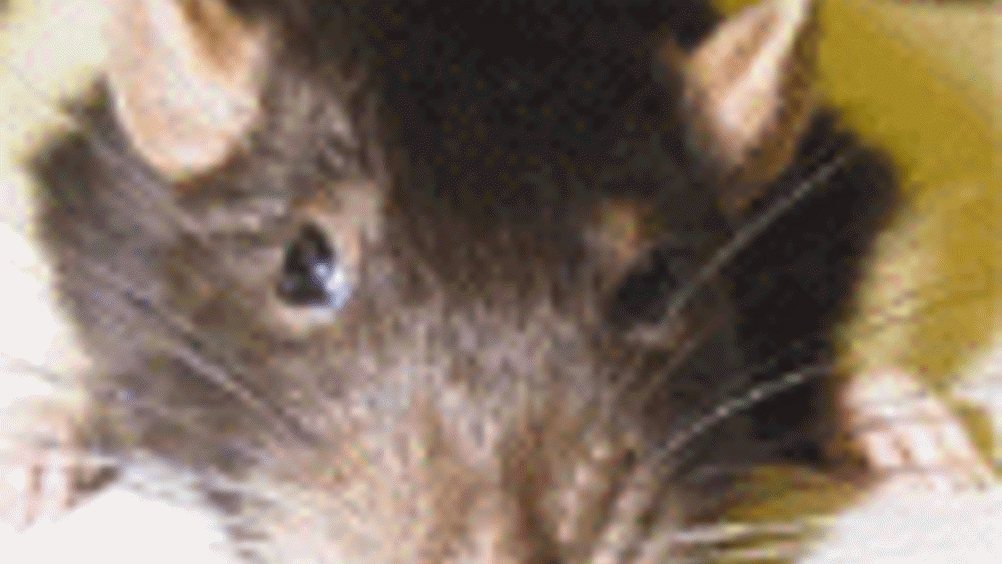Hirsute machines

Rats may be feared and loathed, but they have one feature that some humans are eager to replicate — whiskers. These long, stiff hairs, known as vibrissae, tell the rodents a lot about their surroundings and now man-made copies are being attached to robots to improve their senses.
Whiskers are a particularly efficient method of encoding tactile information. 'Tactile sensing serves as a natural complement to vision as it can operate in the dark, underground, in fog, in the very near field of view or when reflections and glare prevent accurate visual assessment,' said Mitra Hartmann of
.
So her laboratory has developed inexpensive arrays of artificial whiskers modelled after vibrissal systems that can be used either in active 'whisking' mode or in passive 'dragging' mode.
'The artificial vibrissae can determine obstacle distance, perform 3D extraction of object shape, and determine the velocity of a fluid flow,' said Hartmann. Studies reveal that rats make about eight sweeps a second with their whiskers, while mice whisk at up to 12Hz. Different lengths and diameters of whiskers gather different information about surface texture, proximity and solidity.
Register now to continue reading
Thanks for visiting The Engineer. You’ve now reached your monthly limit of news stories. Register for free to unlock unlimited access to all of our news coverage, as well as premium content including opinion, in-depth features and special reports.
Benefits of registering
-
In-depth insights and coverage of key emerging trends
-
Unrestricted access to special reports throughout the year
-
Daily technology news delivered straight to your inbox










UK Enters ‘Golden Age of Nuclear’
The delay (nearly 8 years) in getting approval for the Rolls-Royce SMR is most worrying. Signifies a torpid and expensive system that is quite onerous...